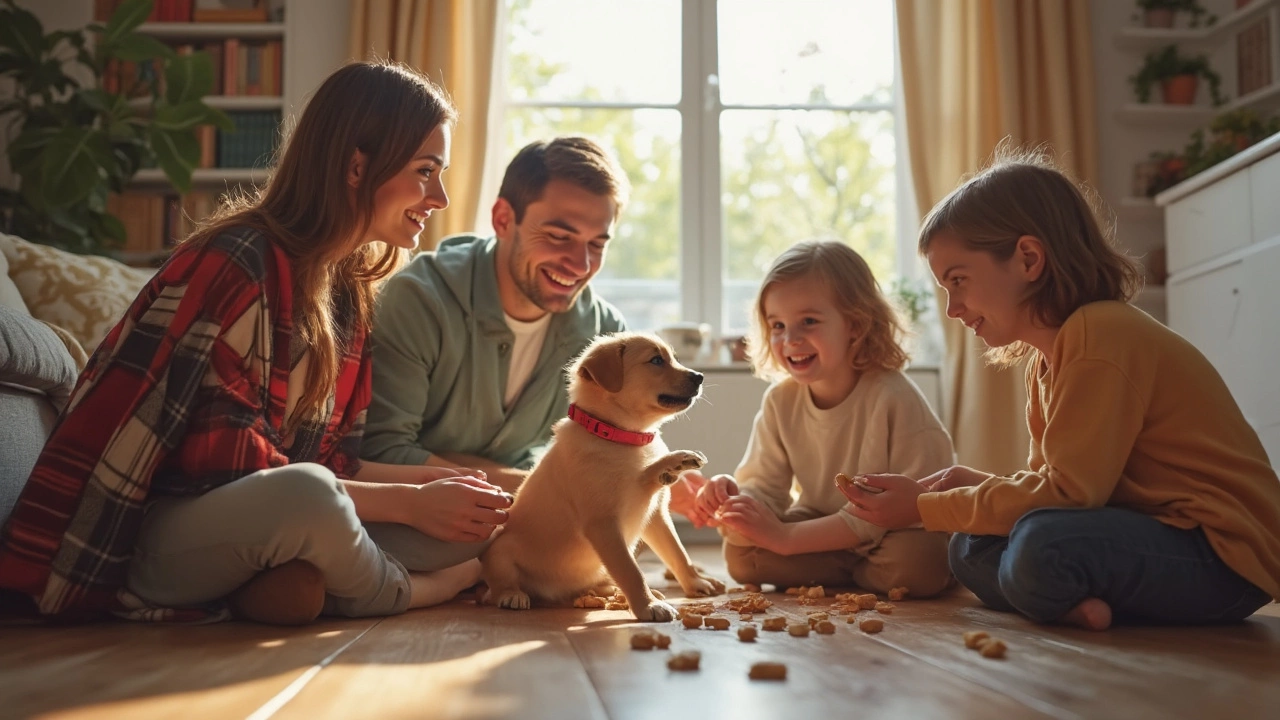Dog Training Age: Practical Tips for Every Life Stage
Training a dog isn’t a one‑size‑fits‑all job. The tricks that work for a 8‑week puppy won’t cut it for a 5‑year‑old retriever. Below you’ll find clear, step‑by‑step advice for training at the right age, so you can avoid frustration and see real progress.
Puppy (0‑6 Months): Building Foundations
At this age your dog is soaking up everything like a sponge. Keep sessions short—five minutes is plenty. Focus on basic commands like “sit”, “stay” and “come”. Use high‑value treats (small pieces of chicken or cheese) and reward instantly. Socialisation is key: expose the pup to different people, sounds, and safe surfaces while the world is still new.
House‑training works best when you set a routine. Take the puppy out first thing in the morning, after meals, and before bedtime. If an accident happens, clean the spot with an enzyme cleaner so the scent doesn’t invite repeat visits.
Adolescent (6‑18 Months): Shaping Behavior
Teenage dogs test limits. They know the commands but may ignore them for fun. Increase the difficulty of each command—add distance, distractions, or longer holds. Continue using treats, but start phasing in praise and play as rewards so the dog learns to work for more than food.
Leash training becomes crucial now. Teach a loose‑lead walk by stopping when the dog pulls and rewarding the moment they return to your side. Consistency from every family member prevents mixed signals.
Adult (1‑7 Years): Fine‑Tuning Skills
Adult dogs are set in their habits, making new training a bit slower but still possible. Identify the specific behavior you want to change and break it into tiny steps. For example, if “stay” slips when there are kids around, practice in a quiet room first, then slowly add the kids as a distraction.
Enrichment keeps adult dogs sharp. Try scent games, puzzle toys, or short agility drills. These activities burn energy and reduce problem behaviours like barking or chewing.
Senior (7+ Years): Gentle Adjustments
Older dogs may have joint pain or reduced eyesight. Keep training sessions short and low‑impact. Use a soft mat for balance work and avoid high jumps. Focus on mental stimulation—learn new tricks that don’t require a lot of movement, such as “touch” (nose the hand) or “target” (place paw on a mat).
Health checks become part of training. If a senior dog resists a command, rule out pain first. Adjust the reward to something they love, like a gentle massage or a favourite chew.
Regardless of age, consistency, patience and positive reinforcement are the pillars of successful dog training. Tailor the method to the stage of life, keep sessions fun, and celebrate small wins. Your dog will respond, and you’ll both enjoy a stronger bond.
What Age Should a Dog Be Trained? Key Facts and Practical Tips
Wondering when to start training your dog? This article breaks down the best age to begin, explains early learning stages, and shows what matters more than the dog’s age. Get real tips for raising a well-behaved, happy pup and discover how timing can make life smoother for both of you.
